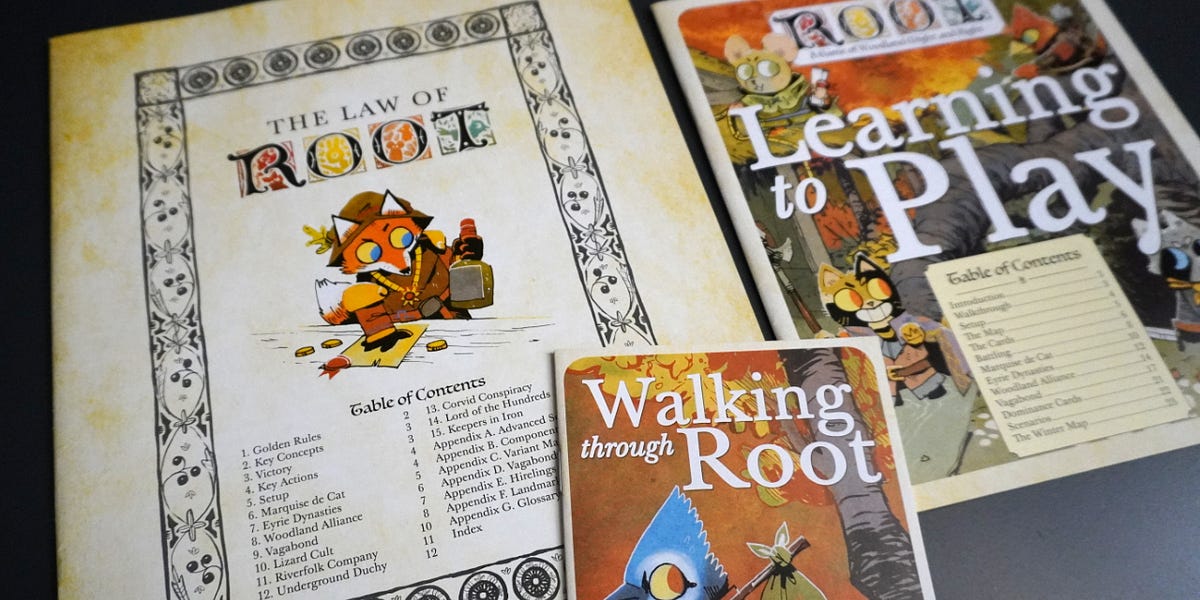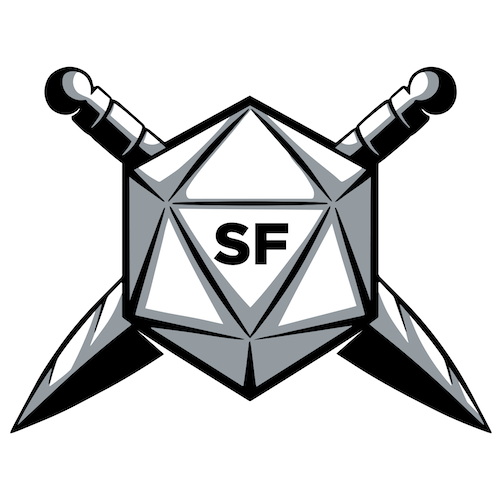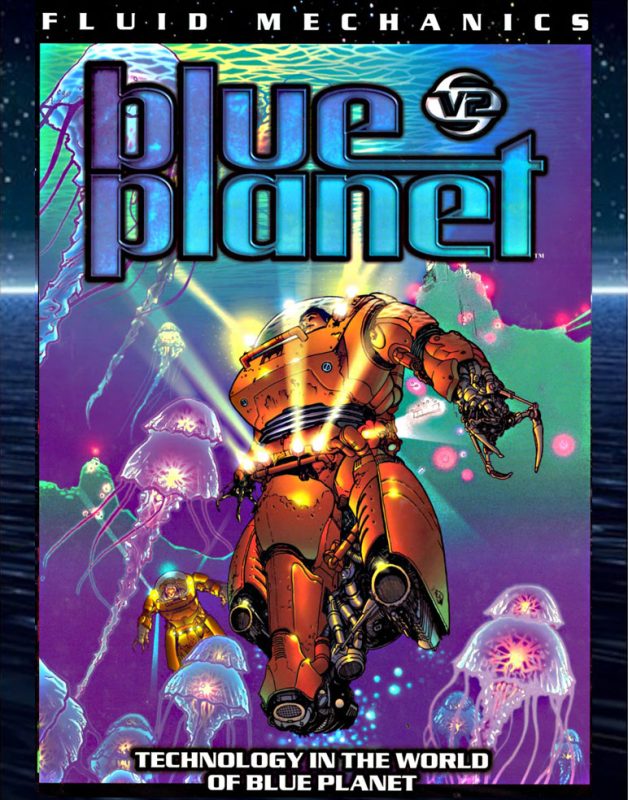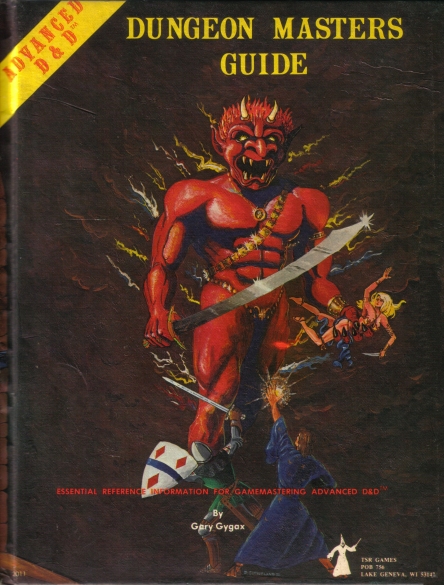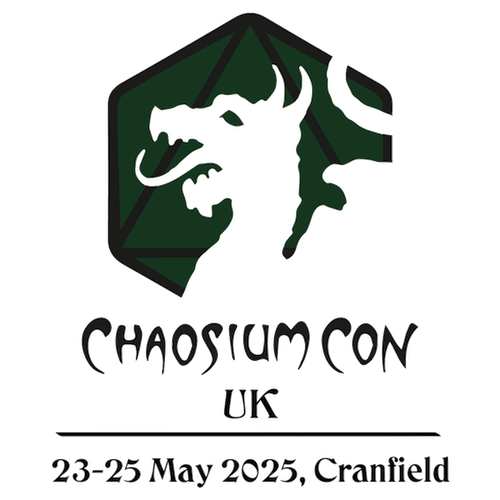SMOOSH JUICE
How to Roleplay Without Accents
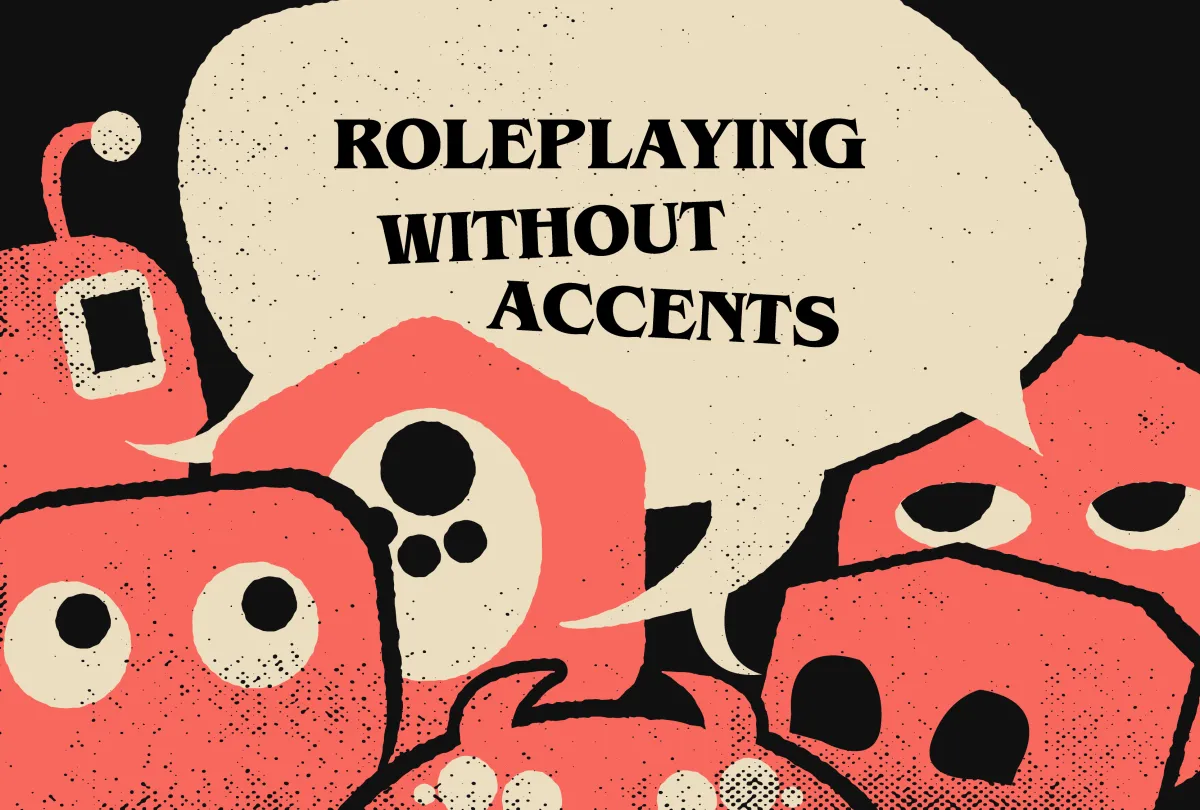
Every morning, I wake up, and I mourn that I can’t give my dwarves a Scottish accent, my elves a Swedish accent, or anything a Boston accent. That would be my third genie wish: the perfect Boston accent, one so wicked and loud, native Bostonians could guess my street address just from the way I drop my Rs (then put them where they don’t belong). That’s my dream. But it’s not my reality.
In the real world, I can’t do an accent besides my own—a midwestern shrug. It’s great for ordering beer and debating the price of corn, but it’s not particularly evocative at the table during play. So, in order to play and inhabit evocative characters, I have to rely on other techniques.
Thankfully, you don’t need to do accent work to make characters work. In fact, accents are just one tool in the toolbox. Maybe the coolest and splashiest—but just one tool. There are others.
This limited list is what I have shuffling around in my toolbox…
Roleplay with voice and tone.
The high and low approach.
Some characters talk with their voices right at the end of their mouth, like they’re cutting words with their front teeth. These characters tend to talk fast with quick clicky voices. They’re the exact opposite of the low voice speakers who have to flow their words around their Adam’s apple.
- Prim and Proper (High): A snooty bookseller in a Call of Cthulhu scenario.
- Drawling (Low): The. Slowest. Clerical. Worker. In. The. Triangle Agency.
- Overly Fastidious (High): Literally just C-3PO complaining about flying.
- Deep Drawling (Low): A rural farmer in Liminal Horror giving directions.
The loose and tight approach.
You might be thinking these are the same as high and low—but try pairing high and loose together. Loose voices tremble, gravel, and let words crash into each other. Tight voices keep thing neat and clipped, from chipper to brutish.
- Gravely voice (Loose): A low-level goon with a club in Blades in the Dark.
- Reedy voice (Loose): The wheezy hippy dodging questions in Delta Green.
- Brutish voice (Tight): My Thwomp-like Cairn troll who likes to eat sheep.
- Chipper voice (Tight): Your little robot mascot and buddy in CBR + PNK.
The breathy and stifled approach.
Exhale when you talk. Do it like you’re blowing out candles then try it like you’re sighing with relief. Let it shake your vocal chords. It can sound exasperated, manipulative, calm, or even sensual. Now do the opposite, breathe in or stop breathing when you talk. You probably don’t sound natural.
- Husky voice: Your boss in Scum and Villainy who is definitely not evil.
- Raspy voice: The sweaty overworked warp drive engineer in Mothership.
- Gasping voice: A zombie raised from the dead by some Mörk Borg heretic.
- Hissy voice: The lizardfolk who talkssss like thissssss.
Roleplaying with personality.
Roleplaying a one-mood character.
One of my oldest friends uses this technique all the time. The character who is perpetually angry, happy, or silly. It has more range than you think and gives you the chance to break character later for maximum impact.
- Always smiling: Your lord in Pendragon who won’t take no for an answer.
- Always angry: The J. Jonah Jameson editor who hates your fucking guts.
- Always nervous: The newbie space marine who stutters and whines a lot.
- Always bored: The retired adventurer tending bar and rolling his eyes.
Roleplaying a character motivation.
Some NPCs want something so bad everything they do and say is tainted by it. These are your archetypes who wear their motives on their sleeves and like to angle every line, stare, and question toward’s their inevitable aim. A good rule when roleplaying motivated characters is to filter everything through that motivation—if it doesn’t serve the motivation, they don’t do it.
- Wants to manipulate: The whispering, prodding, giggling Knave wizard.
- Wants the spotlight: The OSE king, arms wide, talking in 3rd person.
- Wants to have a good time: The Pirate Borg pirate who laughs too much.
- Wants to eat: An Apocalypse World cannibal who licks their lips a lot.
Roleplaying the cartoonishly obsessive.
This is the cartoon approach to roleplay. Pick an object, activity, or person and mutate the character around it. The animated movie, Atlantis: The Lost Empire, does this really well, with characters who are obsessed with dirt or explosives.
- Object obsession: The mole-loving lurk that moves and acts like one.
- Activity obsession: The gun-nut who looks and handles everything like one.
- Person obsession: An OSE hireling who looks and acts like a PC but poorly.
- Fear obsession: A dwarf who talks quiet and stays low in fear of cave-ins.
Roleplaying with physicality.
Using posture to roleplay.
The way you sit in your seat, stand over the gaming table, or pace has this amazing ability to change everything else. It’s especially powerful in person, where players can’t help but notice a change your physicality.
- Leaning back in your chair: The devil may care mech pilot in Lancer.
- Looming above. Shoulders raised: The dragon-like eagle in Mausritter.
- Straight back. Chin up: Your no-nonsense corporate contact in CY_BORG.
- Limp and rolling: A corpse animated by the D&D spell Speaks with Dead.
Roleplaying with your hands.
This is about 50% of some accents. Using your hands to talk, command attention, or convey a mood. Some characters do it on purpose, while others do it unknowingly. Sometimes hand work can even tease a profession or backstory.
- Handwaving and cig-flicking: The classic mobster in Call of Cthulhu.
- Fidgeting with hair: A punk kid being questioned by City of Mist detectives.
- Clenched fists: A blue-collar teamster with callused hands and no bullshit.
- Hands in claws. Elbows tucked: An Electrum Archive insectoid merchant.
Using movement to roleplay.
Sometimes an entire character can be the speed at which they move, or how they move that makes them stick in the player’s minds. I’m reminded of the James Cagney technique for looking tough: Raise your head to whoever’s talking and then raise your eyes to meet them. It’ll make you look threatening.
- Moving too fast too often: The wastelander on too much Jet in Fallout.
- Slow delayed movement: A giant who doesn’t have to move fast for anyone.
- Avoids eye contact: The not-innocent businessman in Brindlewood Bay.
- Constantly looking around: A Delta Green contact with valuable info.
Making faces to roleplay.
This technique works well in remote games where you’re limited to just your head and voice. Make an exaggerated face, then hold it. If you let your head go slack and jaw hang open, you’re a skeleton. If you stare at everyone past your brow, you’re an imp. This technique is great for playing monsters.
- Making a stank face: The NPC who (correctly) thinks the adventurers reek.
- Eyes-wide, lips pursed: The DCC paladin whose head is now a chicken’s.
- Mouth hanging open: A lich’s not-so-bright henchman from Into the Odd.
- Blank face: Your Android companion in Alien telling you to remain calm.
Roleplaying with worldbuilding.
Acting out cultural behaviors.
I love this roleplaying technique because it works overtime. Invent an overt cultural behavior and then show that cultural behavior in a character. It’ll tell players something about the world and how that character relates to it.
- Language dipping: A monk in Pendragon who mixes in latin curses.
- Formal phrases: The frog who goes “Ribbit!” when she’s done speaking.
- Intense eye contact: The Mörk Borg town where everyone is just German.
- Salutes to everyone: A nervous cadet who is trying to memorize the ranks.
Acting out fantasy characteristics.
How do you roleplay an ooze creature? What does a ship’s computer sound like in Mothership? I’ve found verbal tics and reflexes to be really powerful in this instance, even when they’re really silly and simple. Matt Colville’s impression of a dragonborn comes to mind, where he talks with a strained, broken syntax to show how dragonborn don’t have vocal chords or lips like the other humanoids.
- Saying “blub!” between words: The sentient ooze in Eco Mofos!!
- Skipping every 5th word: The scientist on the radio in Mothership.
- Dropping non-sequiturs: An android that used to be a jukebox.
- Whispers everything: A Mausritter mole used to talking underground.
Let the meta do the roleplay.
Sometimes the best way to convey a character is to get meta with it. Break the fourth wall, describe how a character says a line, or trigger mechanics and procedures around certain characters.
- Say there’s an accent: Sometimes the players have a better version of the voice in their head and they’ll act off the direction without actually hearing it.
- Only talk to one player: Whenever the character talks, talk just to one player. You can even make it explicit, “He looks at you and says ________.”
- Talks in Not-Voice: If a character talks through telepathy, I might write down what they say and pass it to the table or even show them pictures.
- Trigger the rules: This won’t work for some games, but it can be powerful. In my Star Wars hack of Scum and Villainy, players discovered Vader could only be hurt or swayed with the help of devil’s bargains and perks.
Final thoughts
Part of my game prep is figuring out how to depict characters. Remembering to do just one thing. That’s enough to make a character stick the landing. As you can tell, this list is just a start. So, I’m asking to look into your tool box. What kind of stock characters and techniques do you have?
Let me know in the comments or tag me on BlueSky. Until then, I’ll keep exploring.
Explorers Design is a production of Clayton Notestine. If you liked this article, please consider liking, sharing, and subscribing. Members who pay $5/month also get access to additional tools, templates, and inspiration.


